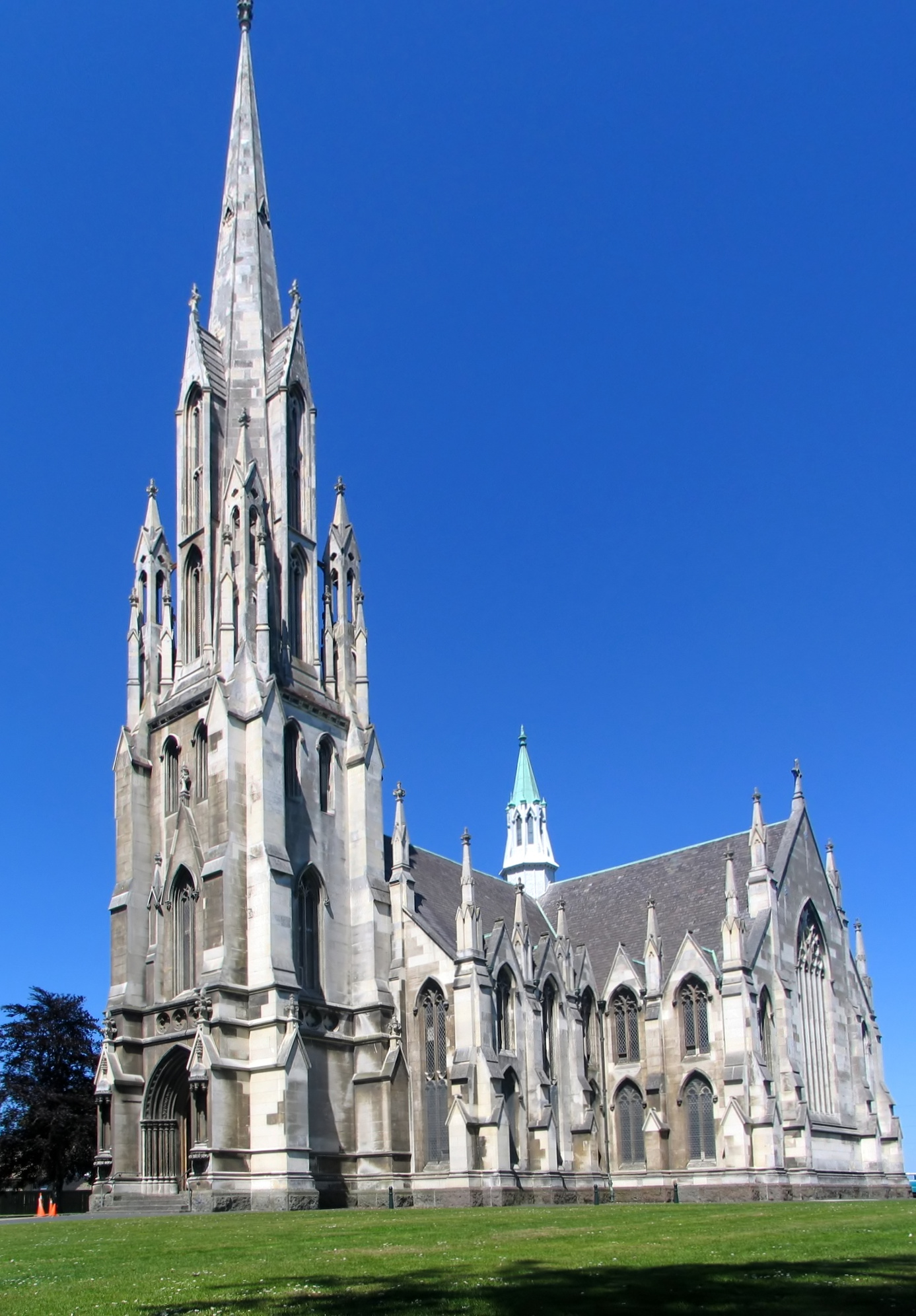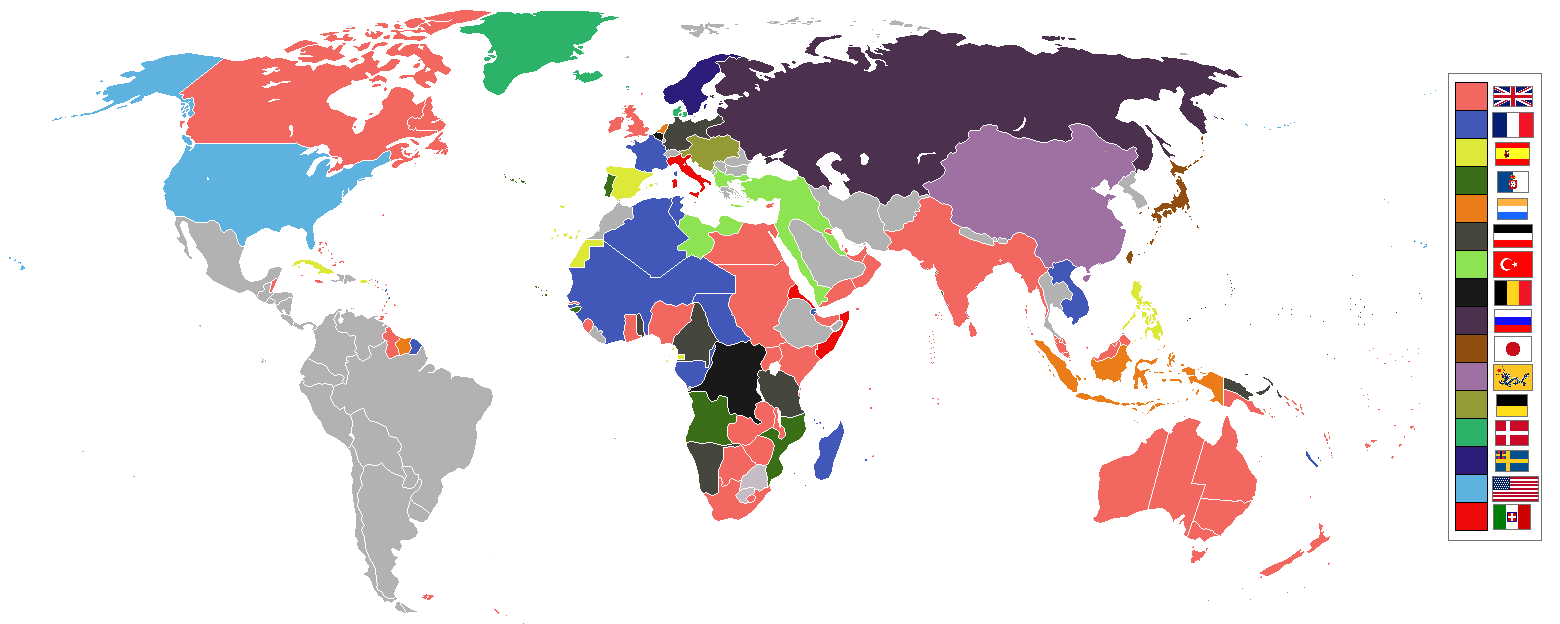|
1833 In Architecture
The year 1833 in architecture involved some significant events. Buildings and structures Buildings * Carlton House Terrace in London, designed by John Nash (architect), John Nash, is completed. * Marble Arch in London, adapted by Edward Blore from a design by John Nash, is completed on its original site. * Vermont State House in Montpelier, Vermont, United States, designed by Ammi B. Young is completed. * Helsinki City Hall, Hotel Seurahuone, Helsinki, Finland, designed by Carl Ludvig Engel, is completed. * The Grand Theatre, Warsaw, Poland, designed by Antonio Corazzi, is opened. Awards * Grand Prix de Rome, architecture: Victor Baltard. Births * January 1 – Robert Lawson (architect), Robert Lawson, Scottish-born architect working in Australasia (died 1902 in architecture, 1902) * March – Frederick Pepys Cockerell, English architect (died 1878 in architecture, 1878) * May 23 – E. W. Godwin, English architect and designer (died 1886 in architecture, 1886) * July 15 – ... [...More Info...] [...Related Items...] OR: [Wikipedia] [Google] [Baidu] |
Robert Lawson (architect)
Robert Arthur Lawson (1 January 1833 – 3 December 1902) was one of New Zealand's pre-eminent 19th century architects. It has been said he did more than any other designer to shape the face of the Victorian era architecture of the city of Dunedin. He is the architect of over forty churches, including Dunedin's First Church for which he is best remembered, but also other buildings, such as Larnach Castle, a country house, with which he is also associated. Born at Newburgh, in Fife, Scotland, he emigrated in 1854 to Australia and then in 1862 to New Zealand. He died aged 69 in Canterbury, New Zealand. Lawson is acclaimed for his work in both the Gothic revival and classical styles of architecture. He was prolific, and while isolated buildings remain in Scotland and Australia, it is in the Dunedin area that most surviving examples can now be found. Today he is held in high esteem in his adopted country. However, at the time of his death his reputation was at a low ... [...More Info...] [...Related Items...] OR: [Wikipedia] [Google] [Baidu] |
1833 Works
Events January–March * January 3 – Reassertion of British sovereignty over the Falkland Islands in the South Atlantic. * February 6 – His Royal Highness Prince Otto Friedrich Ludwig of Bavaria assumes the title His Majesty Othon the First, by the Grace of God, King of Greece, Prince of Bavaria. * February 16 – The United States Supreme Court hands down its landmark decision of Barron v. Mayor and City Council of Baltimore. * March 4 – Andrew Jackson is sworn in for his second term as President of the United States. April–June * April 1 – General Antonio López de Santa Anna is elected President of Mexico by the legislatures of 16 of the 18 Mexican states. During his frequent absences from office to fight on the battlefield, Santa Anna turns the duties of government over to his vice president, Valentín Gómez Farías. * April 18 – Over 300 delegates from England, Scotland, Wales and Ireland travel to the office of the Prime Minister, the Earl Grey ... [...More Info...] [...Related Items...] OR: [Wikipedia] [Google] [Baidu] |
1764 In Architecture
The year 1764 in architecture involved some significant events. Events * Robert Adam's ''Ruins of the Palace of the Emperor Diocletian at Spalatro in Dalmatia'' published. * Heidelberg Castle (Holy Roman Empire, Germany) is again burned and destroyed by a thunderbolt. Buildings and structures Buildings * Exeter Synagogue ( England) is dedicated. * New All Saints Church, Nuneham Courtenay, Oxfordshire, England, designed by Simon Harcourt, 1st Earl Harcourt, with James "Athenian" Stuart, is built. * Church of St. Stephen, Borovo in Serbia is completed. * Iglesia Mayor de San Pedro y San Pablo in San Fernando, Cádiz, is consecrated. * Bell tower of Church of Nuestra Señora de la Asunción (Valdemoro) in Spain is completed. * Saint John the Baptist Church, Târgu Mureș in the Habsburg Empire, designed by Jesuit Valentin Scherzer, is built. * Church of the Intercession at Kizhi Pogost in Karelia is rebuilt. * Harmandir Sahib in Amritsar, Punjab, is rebuilt. * Custom House ... [...More Info...] [...Related Items...] OR: [Wikipedia] [Google] [Baidu] |
1898 In Architecture
Events January–March * January 1 – New York City annexes land from surrounding counties, creating the City of Greater New York as the world's second largest. The city is geographically divided into five boroughs: Manhattan, Brooklyn, Queens, The Bronx and Staten Island. * January 13 – Novelist Émile Zola's open letter to the President of the French Republic on the Dreyfus affair, '' J'Accuse…!'', is published on the front page of the Paris daily newspaper '' L'Aurore'', accusing the government of wrongfully imprisoning Alfred Dreyfus and of antisemitism. * February 12 – The automobile belonging to Henry Lindfield of Brighton rolls out of control down a hill in Purley, London, England, and hits a tree; thus he becomes the world's first fatality from an automobile accident on a public highway. * February 15 – Spanish–American War: The USS ''Maine'' explodes and sinks in Havana Harbor, Cuba, for reasons never fully establishe ... [...More Info...] [...Related Items...] OR: [Wikipedia] [Google] [Baidu] |
Édouard Deperthes
Pierre Joseph Édouard Deperthes (Édouard Deperthes) (31 July 1833–23 July 1898) was a French architect. Early life Deperthes was born in Houdilcourt, a commune in the Ardennes in July 1833. He was the son of two farmers. Education Around the time he was 18, Deperthes travelled to Reims to study architecture, and excelled under his teacher, known only as Mssr. Brunette, at that time the chief architect in Reims. Early career He started his first project in 1855, at the age of 22 - working on the design of Lille Cathedral (french: Notre Dame de la Treille) in Lille. He co-operated with two architects known only by their surnames, Leblan and Reimbeau. He then aided in the reconstruction of Saint-Ambrose church in Paris in the same year. Death He died in 1898 of unknown causes, aged 64, in Reims. He left two sons. He was buried in the Montparnasse Cemetery in Paris on 27 July 1898. Work Buildings * Lille Cathedral (1855–1857) * A parish church in Bern ... [...More Info...] [...Related Items...] OR: [Wikipedia] [Google] [Baidu] |
1894 In Architecture
The year 1894 in architecture involved some significant events. Events * In the United States, the Society of Beaux-Arts Architects is founded. * Anatole de Baudot designs the church of Saint-Jean-de-Montmartre in Paris as the first to use a reinforced concrete frame. Buildings and structures Buildings opened * April 21 – Quatro de Setembro Theater, Teresina, Brazil. * May 14 – Blackpool Tower in Blackpool, England, completed to a design by Maxwell and Tuke and opened to the public. * June 30 – Tower Bridge in London, designed by Horace Jones (architect) and John Wolfe-Barry. * July ** Dalen Hotel in Norway, designed by Haldor Børve. ** Palais Galliera in Paris, designed by Léon Ginain. * October 16 – Hessisches Staatstheater Wiesbaden, designed by Fellner & Helmer. Buildings completed * Kapelle der Versöhnung, Berlin, Germany. * Mary, Queen of the World Cathedral, Montreal, Canada. * Reformed Church, Dresden, designed by Harald Julius von Bosse (demo ... [...More Info...] [...Related Items...] OR: [Wikipedia] [Google] [Baidu] |
Karl Hasenauer
Baron Karl von Hasenauer (german: Karl Freiherr von Hasenauer ) (20 July 1833 – 4 January 1894) was an important Austrian architect and key representative of the Historismus school. He created several Neo-Baroque monuments, many around near the Ringstraße in Vienna. He was also a student of August Sicard von Sicardsburg and Eduard van der Nüll. For his outstanding work, he was ennobled by Emperor Franz Joseph I in 1873, and made Freiherr, the equivalent of baron. Hasenauer was the chief architect for the Vienna World's Fair in 1873. Together with Gottfried Semper he designed the complex with the Maria-Theresia Memorial (1874-1888), Kunsthistorisches Museum (the Museum of Art History) and the Naturhistorisches Museum (Natural History Museum) (1871–1891), the Burgtheater (1874–1888), the Hermesvilla and the Neue Hofburg (1881–1894, completed in 1913). After a conflict with his former business partner Semper he managed the building of the Hofburg alone. The conflict ... [...More Info...] [...Related Items...] OR: [Wikipedia] [Google] [Baidu] |
1888 In Architecture
The year 1888 in architecture involved some significant architectural events and new buildings. Events * Roof and dome of Seville Cathedral collapse in an earthquake. * Friedrich von Schmidt is ennobled. Buildings and structures Buildings opened * January 5 – The Neues deutsches Theater, Prague, designed by Fellner & Helmer with Baron Karl von Hasenauer and Alfons Wertmüller. * April 11 – The Concertgebouw in Amsterdam, designed by Adolf Leonard van Gendt. * May – Victoria Terminus station building, designed by Frederick William Stevens for the Great Indian Peninsula Railway, in Bombay's Bori Bunder district (modern-day: Chhatrapati Shivaji Terminus, Mumbai). * August 12 – Plaza de Toros de El Bibio, Gijón, Asturias, Spain. * August 17 – Castle of the Three Dragons for 1888 Barcelona Universal Exposition, Spain, designed by Lluís Domènech i Montaner. * August 18 – Frankfurt (Main) Hauptbahnhof, designed by Hermann Eggert and Johann Wilhelm Schwedler ... [...More Info...] [...Related Items...] OR: [Wikipedia] [Google] [Baidu] |
Christian Jank
Christian Jank (15 July 1833 – 25 November 1888) was a German scenic painter and stage designer. Jank was born in Munich, the Bavarian capital. Here he originally worked as a scenic painter. Among other things he was involved in the scenery for Richard Wagner's opera ''Lohengrin''. His work piqued the interest of Ludwig II, who commissioned him to create concepts for his architectural projects inspired by Wagner. Jank's historistic drafts were the basis for Neuschwanstein Castle, which was built starting in 1869 by Eduard Riedel and later Georg von Dollmann. Jank was also involved in the interior of Linderhof Palace Linderhof Palace (german: Schloss Linderhof) is a Schloss in Germany, in southwest Bavaria near the village of Ettal. It is the smallest of the three palaces built by King Ludwig II of Bavaria and the only one which he lived to see completed. Deve .... His concepts for Falkenstein Castle could not be realized, as the project was abandoned after the king's deat ... [...More Info...] [...Related Items...] OR: [Wikipedia] [Google] [Baidu] |
1886 In Architecture
The year 1886 in architecture involved some significant architectural events and new buildings. Events * Patrick Manogue, Sacramento's first bishop, acquires the land to build the Cathedral of the Blessed Sacrament in the United States, designed by Bryan J. Klinch. Buildings and structures Buildings opened * June 30 – Founder's Building at Royal Holloway College for women, Egham, near London, designed by William Henry Crossland. * July – Neuschwanstein Castle in Bavaria, designed by Christian Jank and realized by Eduard Riedel, is opened to the public, although incomplete. * October 28 – Statue of Liberty in New York Harbor, United States, designed by Frédéric Auguste Bartholdi with engineering by Gustave Eiffel and Maurice Koechlin. * October 31 – Dom Luís Bridge in Porto, designed by Téophile Seyrig. Buildings completed * Iowa State Capitol in Des Moines, designed by John C. Cochrane and Alfred H. Piquenard * National Assembly building in Sofia, designe ... [...More Info...] [...Related Items...] OR: [Wikipedia] [Google] [Baidu] |





.jpg)

